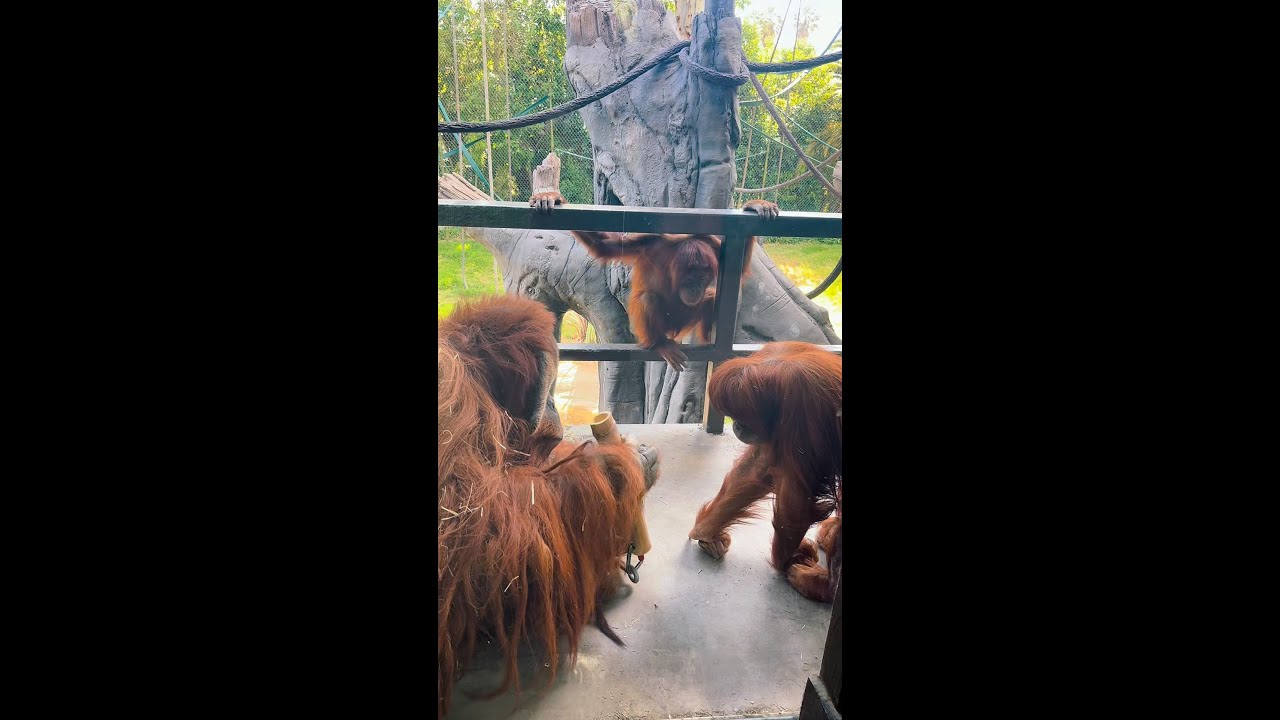- Importance of enrichment in zoo animal welfare and its role in conservation efforts.
- Insights into Busar, a primate known for its problem-solving abilities, highlighting cognitive skills observed in such species.
- Implementation and impact of enrichment activities in zoo habitats, inspired by natural behaviors.
- Challenges and strategies in zoo management to promote wildlife conservation and education.
- Broader implications of enrichment study on wildlife preservation and public awareness.
Zoo animals thrive when engaged mentally and physically, a vital consideration for their care and well-being. Enrichment activities play a crucial role and are designed to mimic challenges found in the wild. The concept is both educational for the animals and enlightening for zoo visitors. By enhancing animal welfare, enrichment fosters a more authentic and dynamic environment in facilities around the world.
Busar, a remarkable primate, exemplifies the importance of enrichment in promoting cognitive engagement. Primates are known for their intelligence, and Busar’s problem-solving skills offer fascinating insights into how these animals think and interact with their environment. His ability to tackle complex puzzles aids in understanding cognitive processes similar to those observed in natural habitats.
Zoo habitats are designed to encourage natural behaviors seen in the wild. Enrichment can include varied activities such as puzzle feeders, physical challenges, and sensory stimulation. These tasks are pivotal in preventing boredom and promoting health, which are essential in enclosed settings. Simulating natural ecosystems helps bridge the gap between captivity and the wild, an objective crucial to wildlife conservation efforts.
Effective zoo management requires expertise in animal behavior and keen observational skills. Implementing enrichment activities involves understanding each species’ unique needs, ensuring they enjoy fruitful and stimulating lives. This approach not only caters to their physical needs but also reinforces their mental agility. By prioritizing enrichment, zoos support environmental education, conservation efforts, and public awareness about the importance of preserving biodiversity.
The study of enrichment extends beyond zoo walls, influencing broader conservation conversations. As visitors observe animals like Busar, they gain insight into the challenges facing wildlife today. This awareness translates into advocacy for conservation initiatives worldwide. Highlighting animal intelligence and the need for enriched environments fosters a deeper connection and a willingness to support protective policies.
Reflecting on these themes, the role of enrichment in zoo environments becomes clear. It is a multifaceted tool, instrumental in maintaining animal health and inspiring public appreciation for wildlife conservation. By exploring the lessons from animals like Busar, we emphasize the importance of continued efforts to support both captive and wild animal populations critically.
*****
Source Description
Busar showed off his enrichment solving skills with Hantu and Ndari. They were pretty impressed. 🦧 🧡


